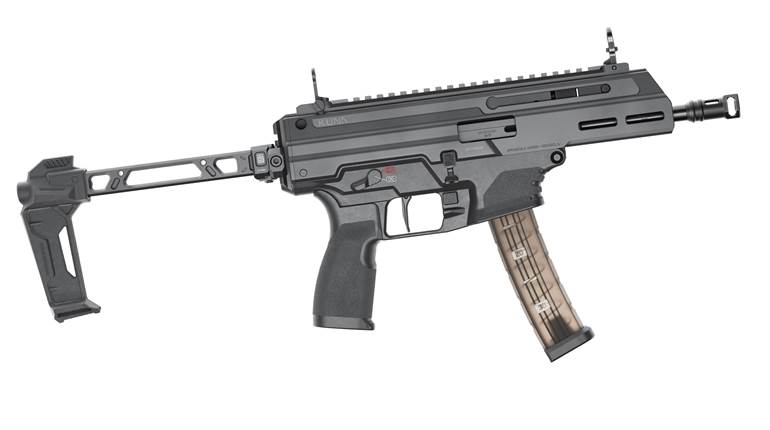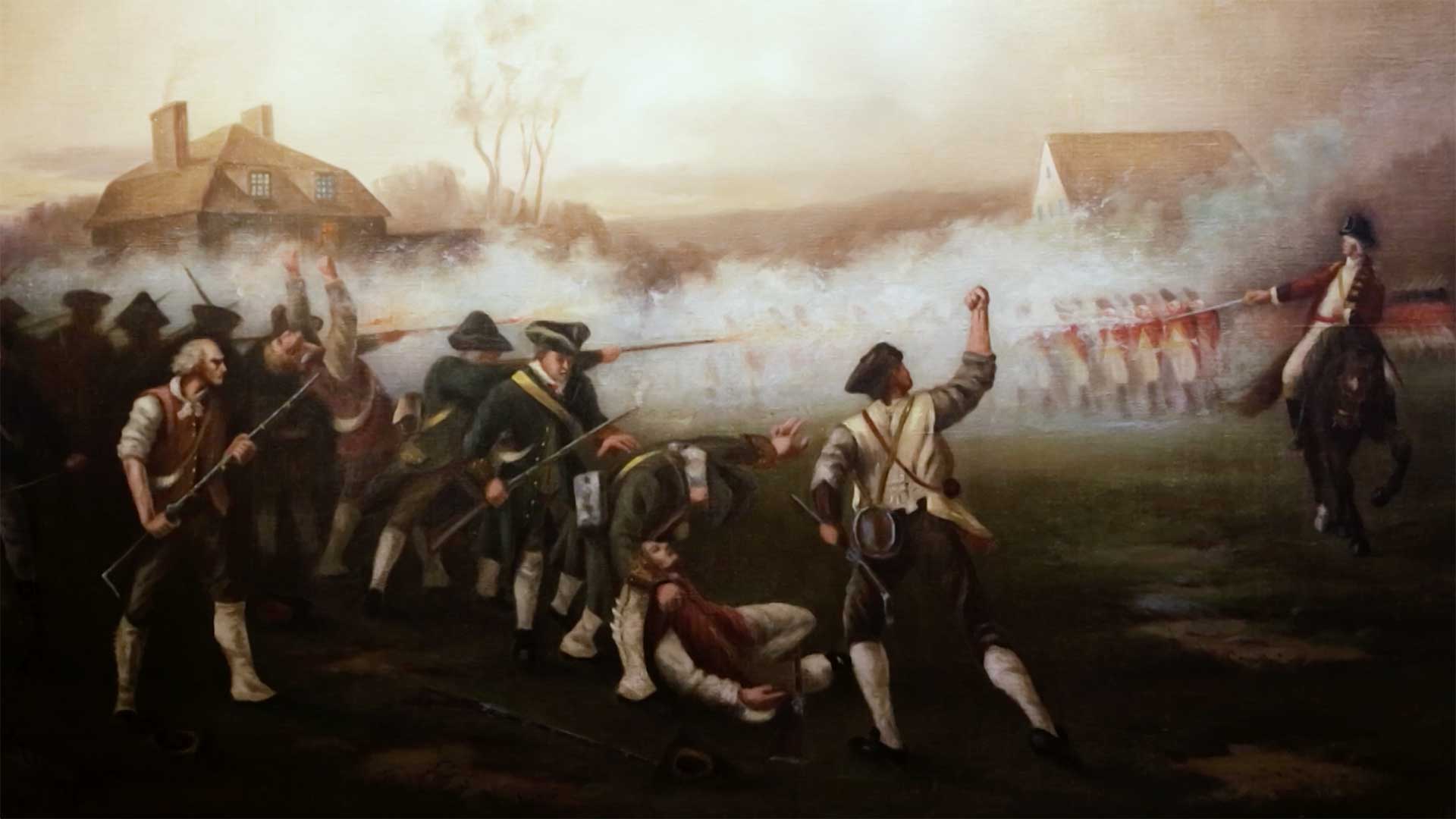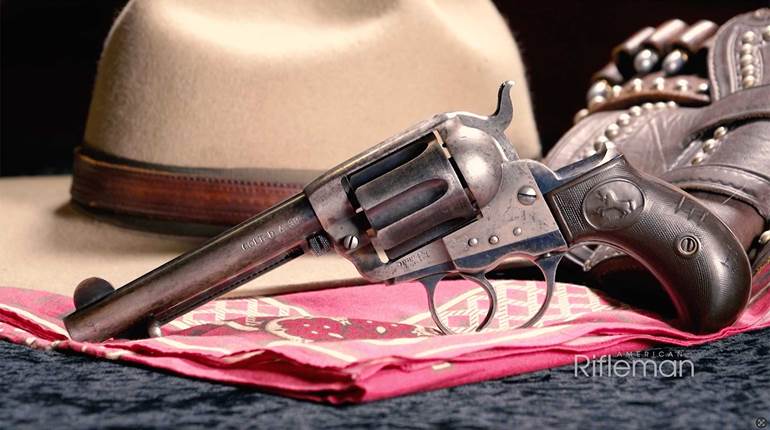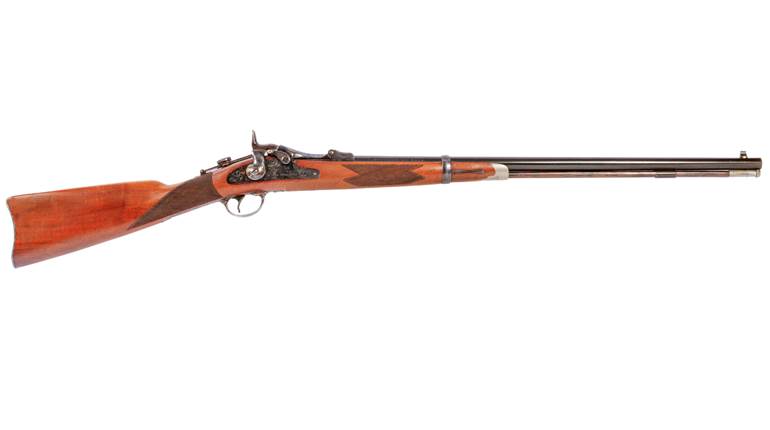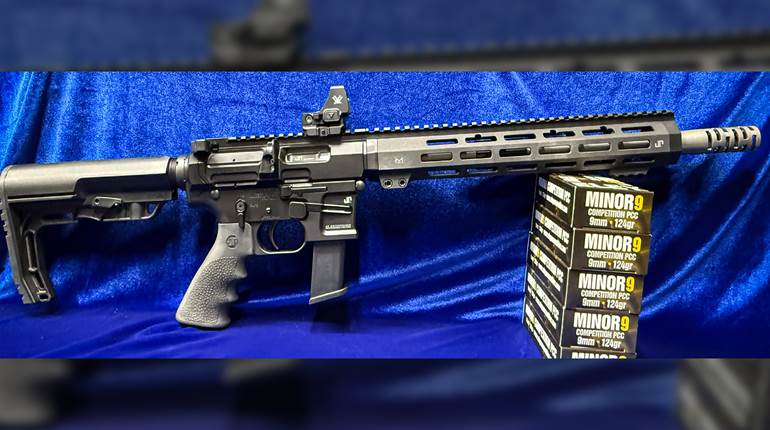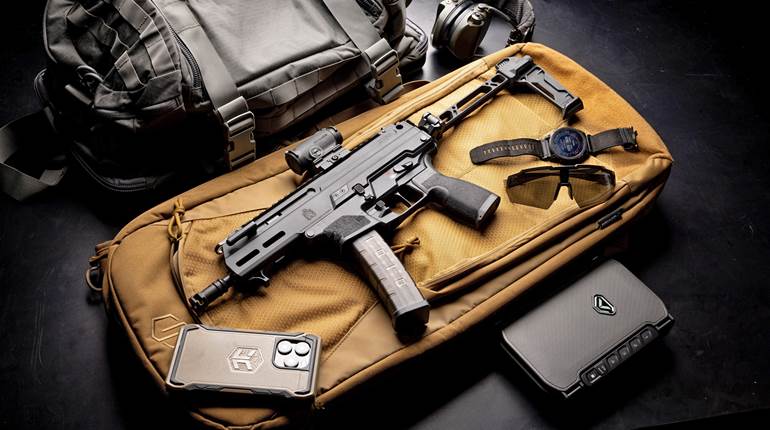In the post-World War I era, the French military spent nearly two decades searching for alternatives to its existing sidearms. Eventually, in the late 1930s, the military settled on the Model 1935A, and its design has inspired other well-loved arms of the mid-20th century. Watch our "American Rifleman Television" I Have This Old Gun segment above to see the details of this quintessentially French handgun.
"By the early part of the 1930s, you know, the French were still using a Nagant-type revolver that they'd adopted in 1892," American Rifleman Field Editor Garry James said. "It was well-made, durable, but it was obsolete by the 1930s. The French had some experience with auto pistols during World War I. You know, they used all sorts of different types of Spanish guns. They even used Colt 1911 Government models they purchased from Colt. So, they were comfortable with auto pistols. The French decided it was time for them to get with the program and move on."

By 1937, the French had settled on a design developed by Charles Petter, a Swiss engineer and firearm designer employed at the Société Alsacienne de Constructions Mécaniques, the industrial firm that would eventually manufacture the Model 1935A.
"What Petter did was he really went to John Moses Browning's Model 1911, tried and true, still works today, and copied a lot of that, but he made some improvements along the way," American Rifleman Contributor Kenneth L. Smith-Christmas said. "Did away with the barrel bushing, elongated the recoil spring guide. But if you're familiar with the way Model 1911 works and the slide comes back and when it goes forward, strips around off and the toggle link and so forth, it's pretty much the same."
 Today, 7.65 French Long ammunition is exceedingly hard to come by in any significant quantities, as it quickly fell out of use with the widespread adoption of 9 mm Luger as a service cartridge among NATO countries.
Today, 7.65 French Long ammunition is exceedingly hard to come by in any significant quantities, as it quickly fell out of use with the widespread adoption of 9 mm Luger as a service cartridge among NATO countries.
By the time of the Model 1935A's official adoption, though, there was already turmoil in Europe. On Sept. 1, 1939, Adolf Hitler ordered the invasion of Poland, and soon after Great Britain and France declared war on Germany, the Wehrmacht began its blitzkrieg against the Western allies.
"The gun wasn't in production for all that long before the Battle of France hit. And the Germans, like they do in so many other places, in Europe, they immediately adopt the production line of the Model 1935A to serve their own purposes," American Rifleman Executive Editor Evan Brune said. "And in German service, the Model 1935 is relabeled to be the Pistole 625 F, the F standing for French. And the Wehrmacht end up having more guns made during their time in control of the factory than the French ever made before the war."
 Due to the German army's use of the Model 1935A throughout World War II, it is common to find examples of the gun bearing German Waffenamt markings.
Due to the German army's use of the Model 1935A throughout World War II, it is common to find examples of the gun bearing German Waffenamt markings.
At the conclusion of World War II, though, the French government put the Model 1935A back into production, and it continued to serve French troops during their conflicts in Indochina. Its service in southeast Asia led to the creation of other unique arms during the struggle.
"So in our museum, we have a gun that's basically a 35A, made by hand, you know, for the struggle against the French and the Americans in Indochina," NRA Publications Editorial Director Mark Keefe said. "And it's one of those things where the gun has very distinctive lines. Even though it's based on Browning principles, even though it's a very conventional-looking handgun, it's got a little French style to it."
To watch complete segments of past episodes of American Rifleman TV, go to americanrifleman.org/artv. For all-new episodes of ARTV, tune in Wednesday nights to Outdoor Channel 8:30 p.m. and 11:30 p.m. EST.


